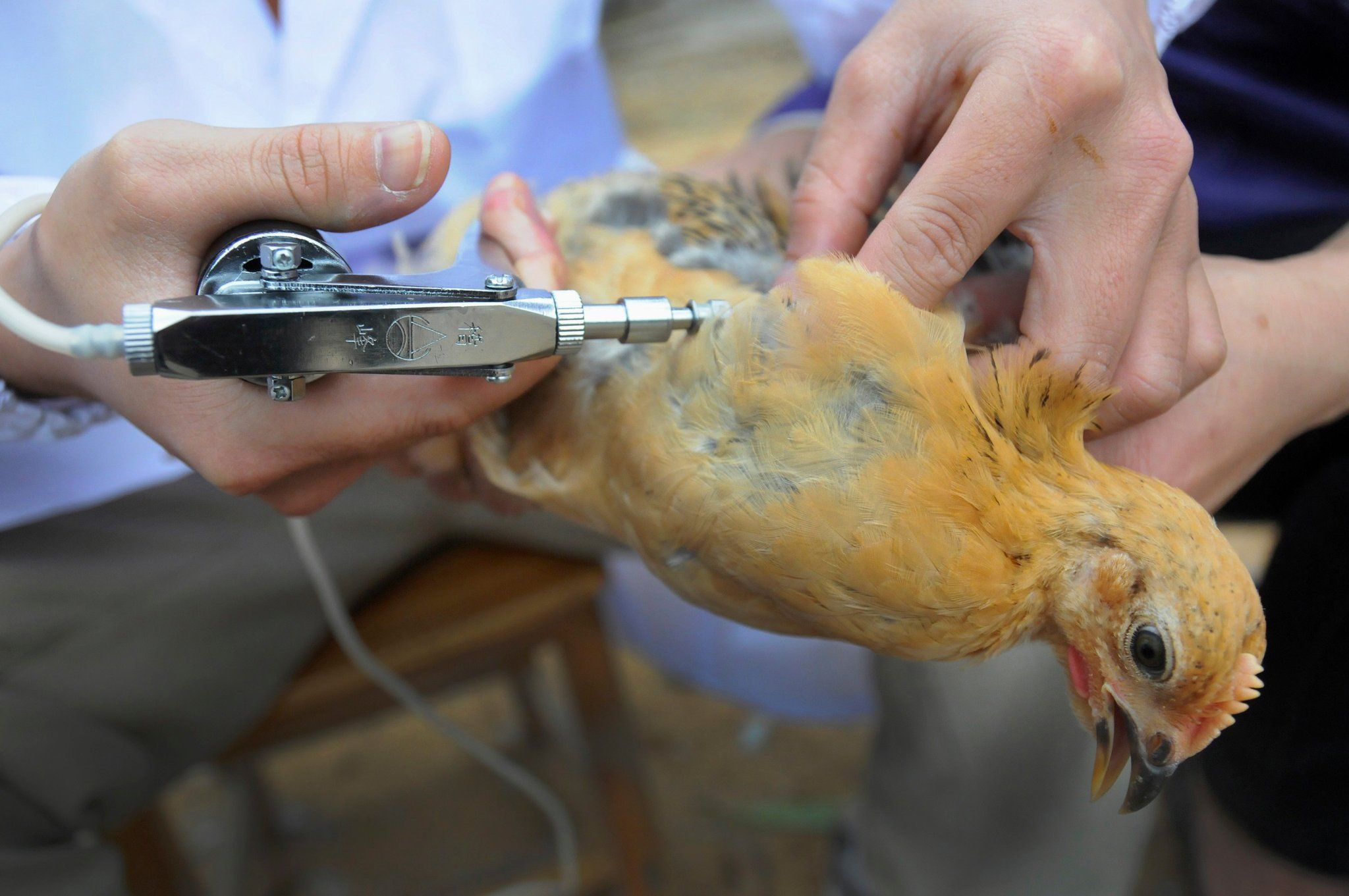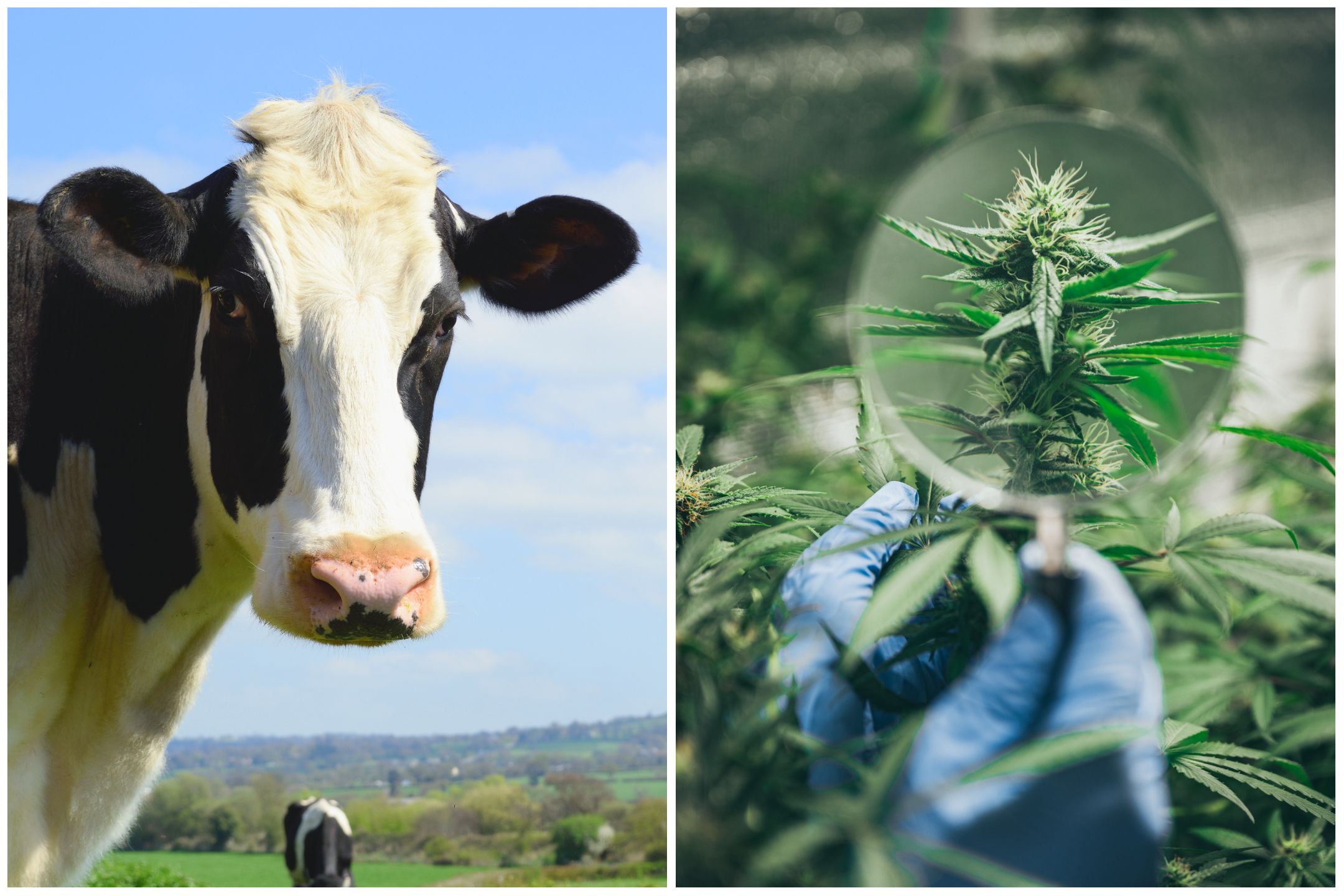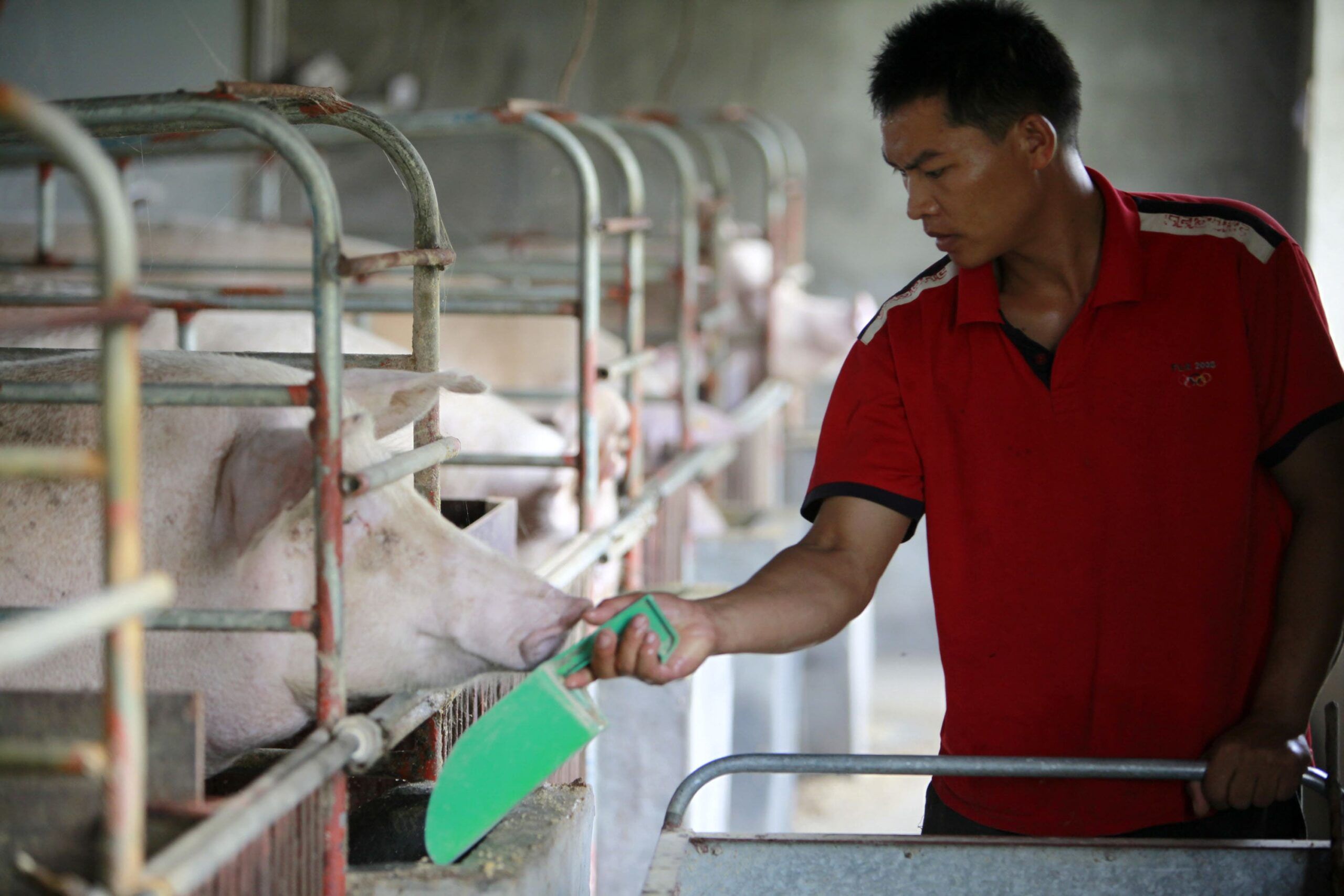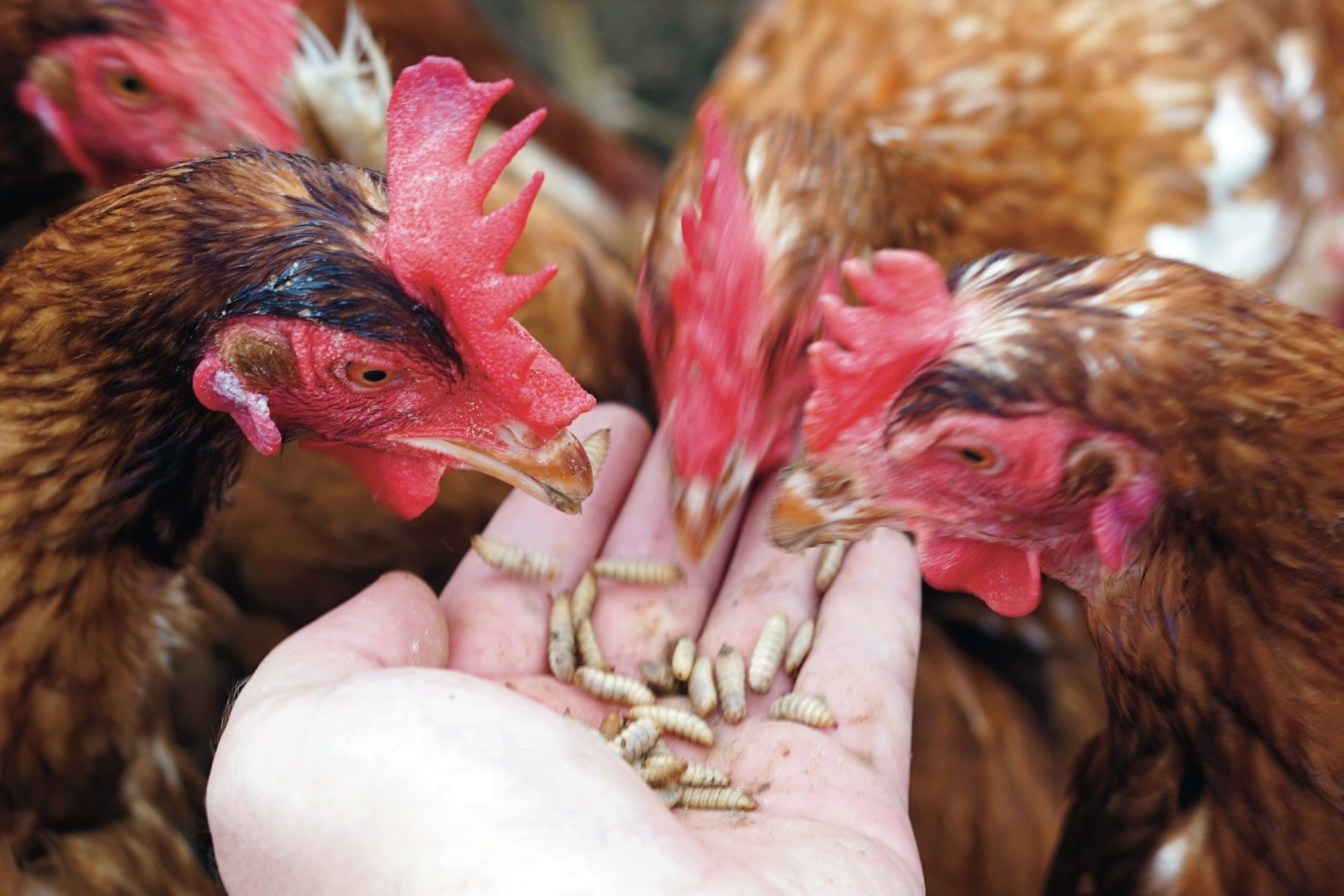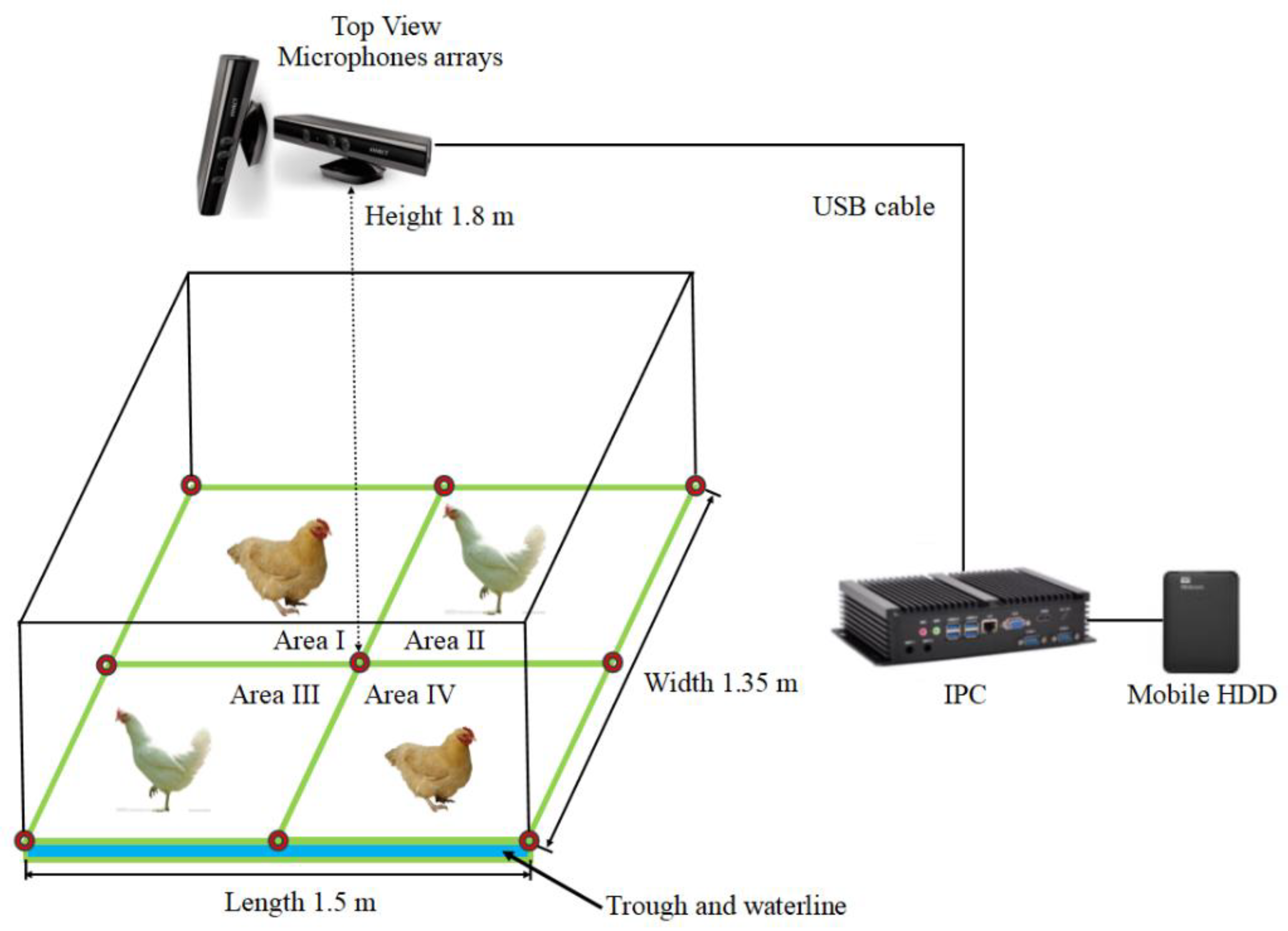Testing of four bird flu vaccines starts in the US
The US government has begun testing vaccines against avian influenza for poultry after a record-breaking outbreak forced the slaughter of more than 58 million chickens, turkeys and other poultry. The trials carried out by the US Department of Agriculture’s (USDA) Agricultural Research Service are a first step towards the possible use of vaccines. The USDA is testing 2 vaccines developed by its Agricultural Research Service, 1 each from Zoetis and another from Merck Animal Health. Zoetis previously supplied its vaccine to a USDA stockpile in 2016, following the massive outbreak in the US a year earlier, but it was never used. Initial data from the animal study with a single dose of the vaccine are expected to be available in May, with researchers hoping to have 2-dose vaccine challenge studies with results in June. If the trials are successful and USDA elects to continue development, it would take at least 18-24 months for a vaccine that matches the current virus to be commercially available.
